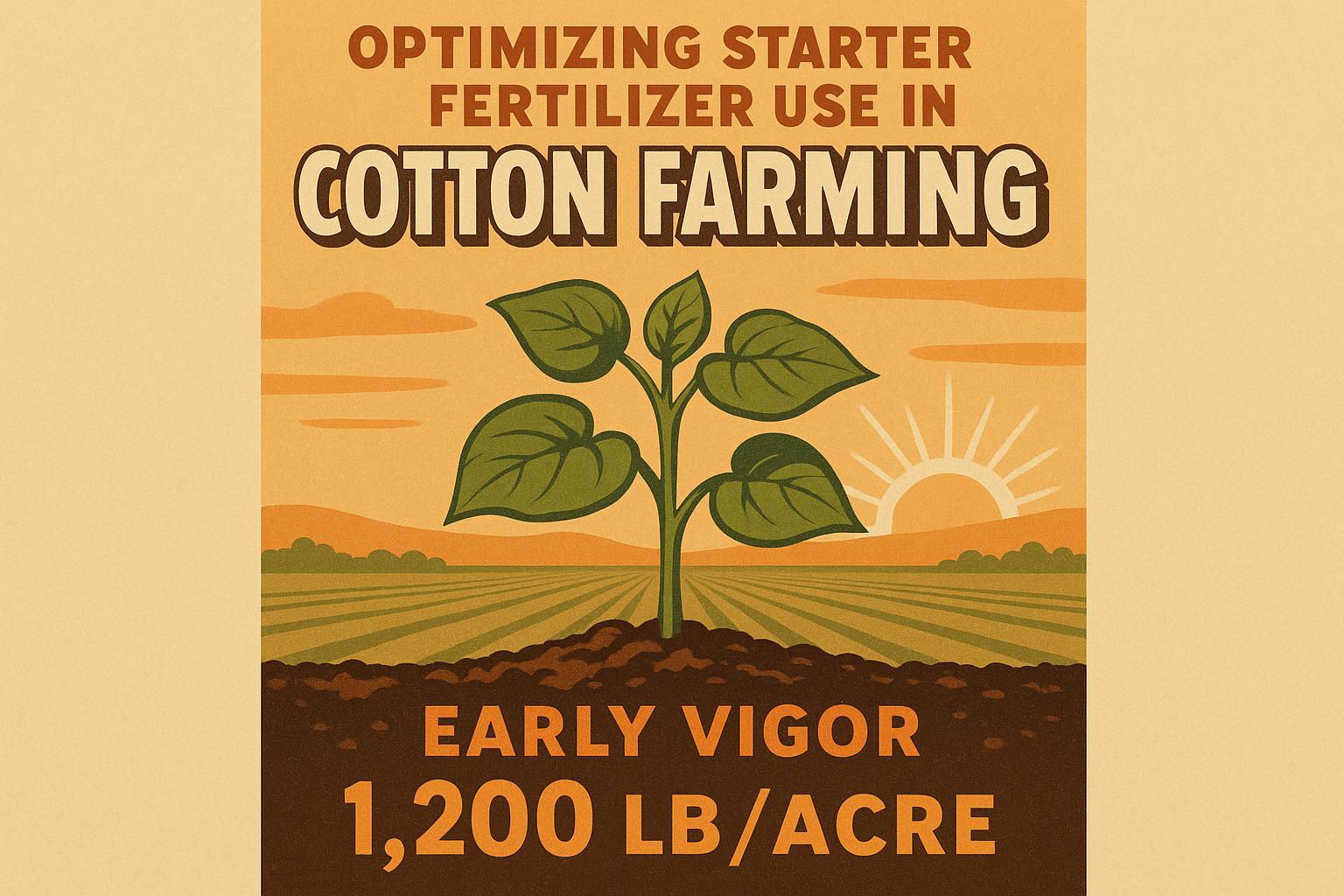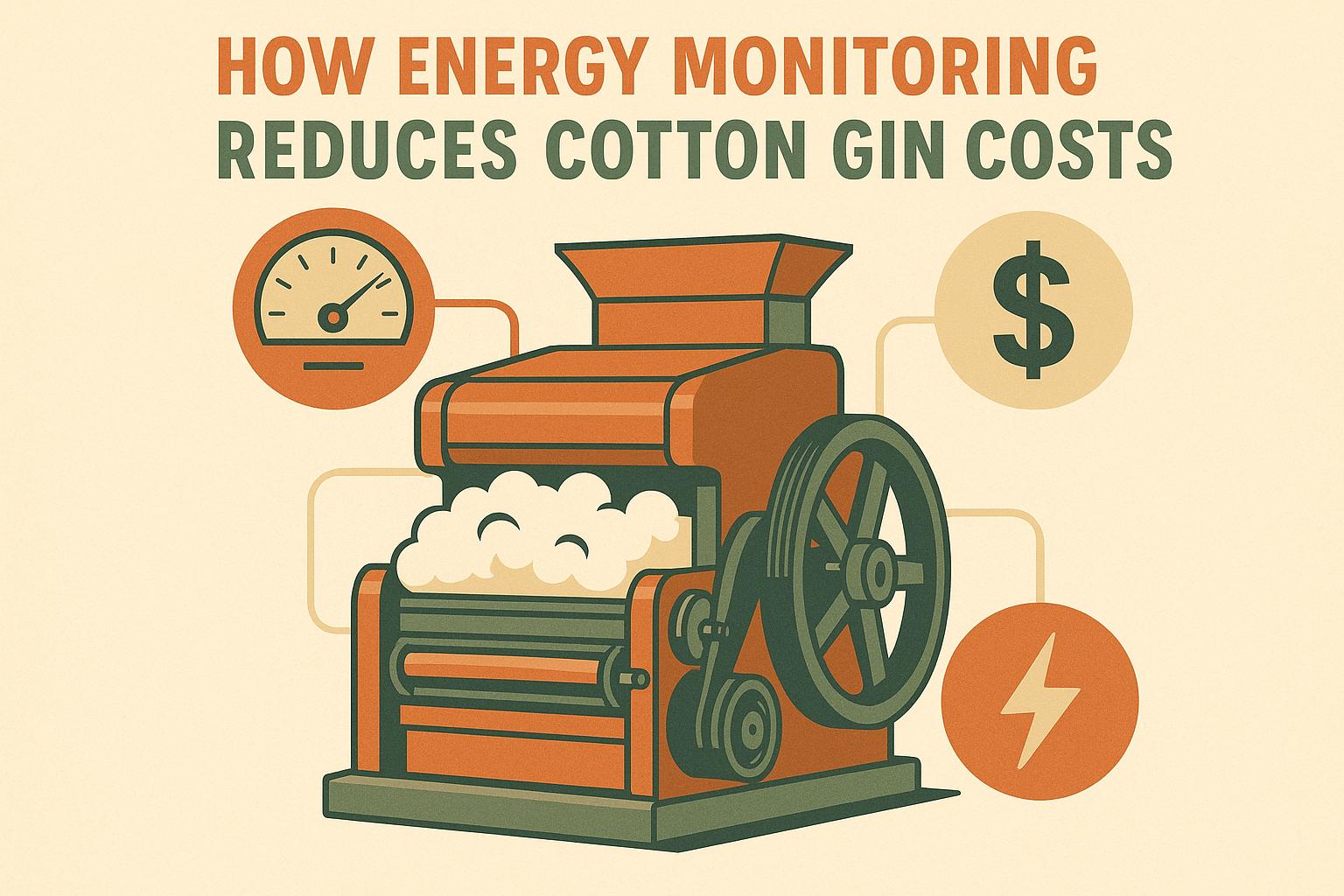Harvest management is a pivotal phase in cotton production, where precise decisions can preserve fiber quality, minimize losses, and streamline operations for higher returns. For experienced cotton growers, effective harvest strategies go beyond picking—encompassing timing, defoliation, equipment choices, and weather considerations to optimize boll maturity and lint integrity. Poor timing risks weathering damage, seed degradation, or increased trash content, potentially cutting grades and profits by 10-20%. This guide explores integrated approaches to harvest management, drawing on cultural practices, chemical aids, and technology to achieve clean, high-yielding picks across varied terrains like the Delta's clays or Plains' sands. By refining these tactics, farmers can boost picker efficiency, reduce downtime, and sustain premium market positions in an industry where quality commands price.
Determining Optimal Harvest Timing
Timing is the cornerstone of a successful cotton harvest, balancing boll maturity with environmental risks. Aim for 60-80% open bolls as a benchmark, where most lint is exposed but not overly weathered—delaying beyond 90% invites rain-induced staining or fiber degradation. Monitor nodes above cracked bolls (NACB): Four or fewer indicates readiness, as upper bolls contribute minimally to yield. In irrigated systems, cut off water 2-3 weeks prior to promote uniform ripening; in rainfed areas, scout for consistent dryness.
Variety influences timing—early-maturing cultivars suit shorter seasons, reducing exposure to late frosts or hurricanes. Use heat unit accumulation (DD60s): Target 2,500-3,000 from planting for full maturity, adjusting for regional baselines like 2,200 in cooler belts. Stagger plantings across fields to spread workload, preventing bottlenecks at peak openness. Weather forecasting apps aid in avoiding wet spells, as moisture above 12% in seed cotton hikes storage risks. For stripper-harvested upland varieties, wait for natural defoliation; spindle-picked Pima needs drier conditions to minimize stickiness.
Pre-Harvest Preparation: Fertility and Weed Control
Sound harvest begins seasons earlier with fertility and weed management that set up clean, accessible fields. Limit late nitrogen to avoid rank growth and delayed maturity—apply no more than 100 pounds per acre total, with splits ending at first bloom. Potassium bolsters boll fill and reduces premature drop; test soils annually to maintain 150-250 ppm levels. Weed suppression through narrow rows and residuals ensures machinery access, cutting harvest losses by 5-10%.
Crop health monitoring via drones spots uneven ripening, allowing targeted interventions. Promote senescence by withholding irrigation, depleting plant energy for quicker dry-down. In regrowth-prone varieties, select genetics with low propensity or use growth regulators early. These steps foster uniform fields, easing mechanical harvest and preserving micronaire values above 3.5 for premium pricing.
Harvest Aid Applications: Defoliation and Desiccation
Harvest aids synchronize boll opening and leaf drop, enabling once-over picking with minimal trash. Defoliants like ethephon accelerate ethylene production for boll dehiscence, while thidiazuron inhibits auxin for leaf abscission. Apply at 60% open bolls in warm conditions (above 65°F) for optimal activity; rates vary—0.5-1 pint ethephon per acre, tank-mixed with 0.1-0.2 pounds thidiazuron.
Desiccants such as paraquat dry down green tissue in cooler weather, but use them judiciously to avoid fiber damage. Two-pass systems—defoliate first, follow with boll opener—improve uniformity in rank crops. Aerial or ground application requires 5-10 GPA for coverage; add adjuvants for penetration. Wait 7-14 days post-application for 80-90% defoliation before picking, monitoring for regrowth. This reduces staining, boosts picker speed by 20%, and maintains color grades.
Choosing and Maintaining Harvest Equipment
Equipment selection aligns with variety and acreage—spindle pickers for high-quality upland, strippers for short-staple in windy areas. Modern round balers minimize handling, preserving module integrity for gin efficiency. Calibrate spindles or fingers seasonally; sharp components reduce bark and trash pickup.
Ground speed of 3-5 mph optimizes collection without excessive plant damage. GPS-guided systems prevent overlaps, saving fuel and time on large operations. Post-harvest, clean machinery to curb weed seed spread and corrosion. For leased equipment, schedule early to avoid delays in peak seasons.
Field and Module Management During Harvest
Efficient fieldwork prevents compaction and losses—harvest dry fields to limit rutting, rotating paths annually. Form modules promptly, covering with breathable tarps in humid zones to maintain <12% moisture. Position modules on high ground for drainage, tagging with variety and field data for traceability.
In multi-variety farms, segregate harvests to preserve identity-preserved premiums. Monitor for fire risks in dry lint; avoid stacking too close. These practices cut post-harvest degradation by 5-15%, ensuring gin-ready cotton.
Integrating Technology for Precision Harvest
Technology elevates harvest precision—yield monitors map variability for future adjustments, identifying low spots for remediation. Moisture sensors in pickers guide real-time decisions, halting if levels exceed 10%. Drones assess openness remotely, optimizing aid timing across acres.
AI-driven apps predict optimal windows based on weather data, reducing guesswork. Variable-rate aids apply based on canopy density, saving 10-20% on chemicals. These tools enhance sustainability, trimming inputs while maximizing outputs.
Overcoming Common Harvest Challenges
Challenges like variable maturity require staggered aids; in wet years, prioritize drainage and desiccants. Regrowth in vigorous varieties demands timely PGRs or higher defoliant rates. Labor shortages? Invest in autonomous pickers for efficiency gains. Address by scouting rigorously and adapting to forecasts.
| Strategy | Key Benefits | Implementation Tips |
|---|---|---|
| Timing at 60-80% Open Bolls | Minimizes weathering, maximizes quality | Use NACB and DD60s for precision |
| Harvest Aids (Defoliants/Desiccants) | Synchronizes opening, reduces trash | Apply in warm weather; tank-mix for coverage |
| Equipment Calibration | Boosts efficiency, cuts losses | Maintain spindles; use GPS for accuracy |
| Module Management | Preserves moisture, aids traceability | Cover promptly; segregate varieties |
| Technology Integration | Enhances precision, saves inputs | Deploy yield monitors and drones |
| Fertility/Weed Prep | Ensures clean fields, uniform ripening | Limit late N; rotate paths to avoid compaction |
These mitigate risks for consistent performance.
Long-Term Benefits of Strategic Harvest Management
Refined harvest strategies yield 10-25% higher grades, lower discounts, and streamlined logistics. They support soil health through reduced compaction and align with sustainable certifications for market edge.
In conclusion, mastering harvest management transforms potential into profit for cotton farmers. Implement these strategies to elevate your operation. For more insights, explore our state cotton histories. What's your key harvest tip?


